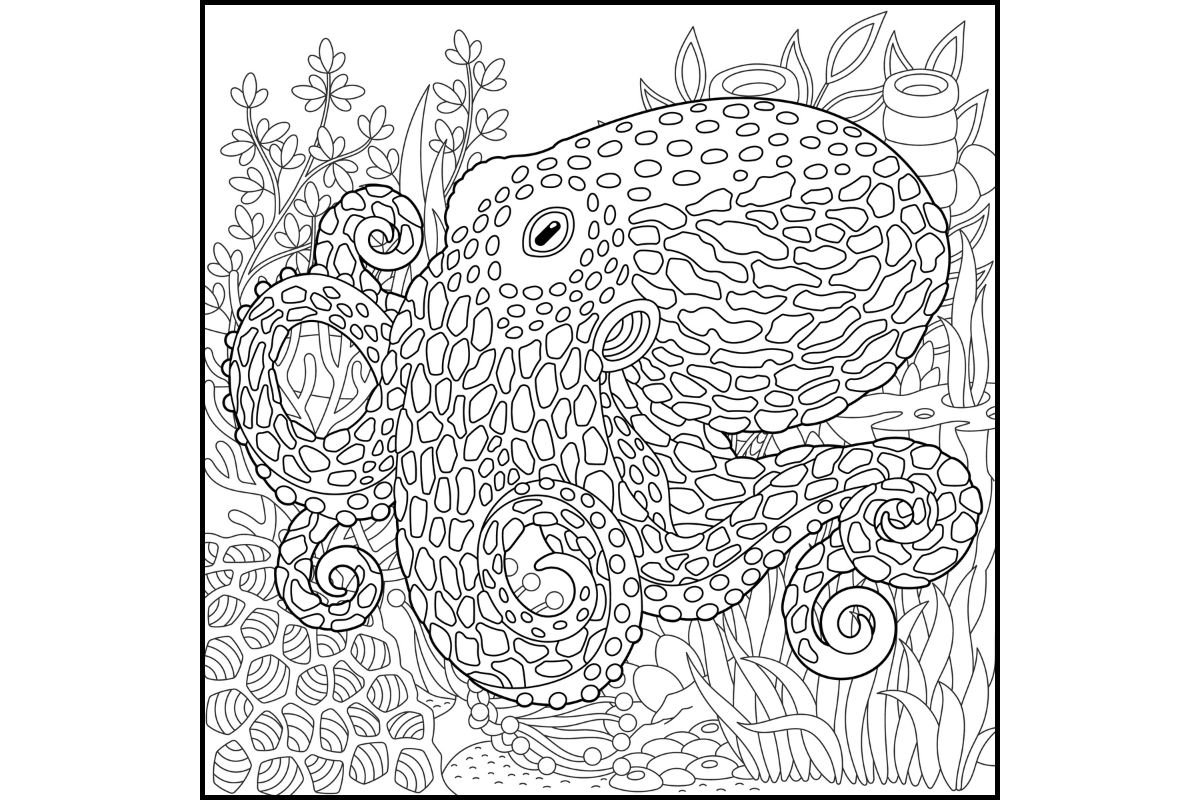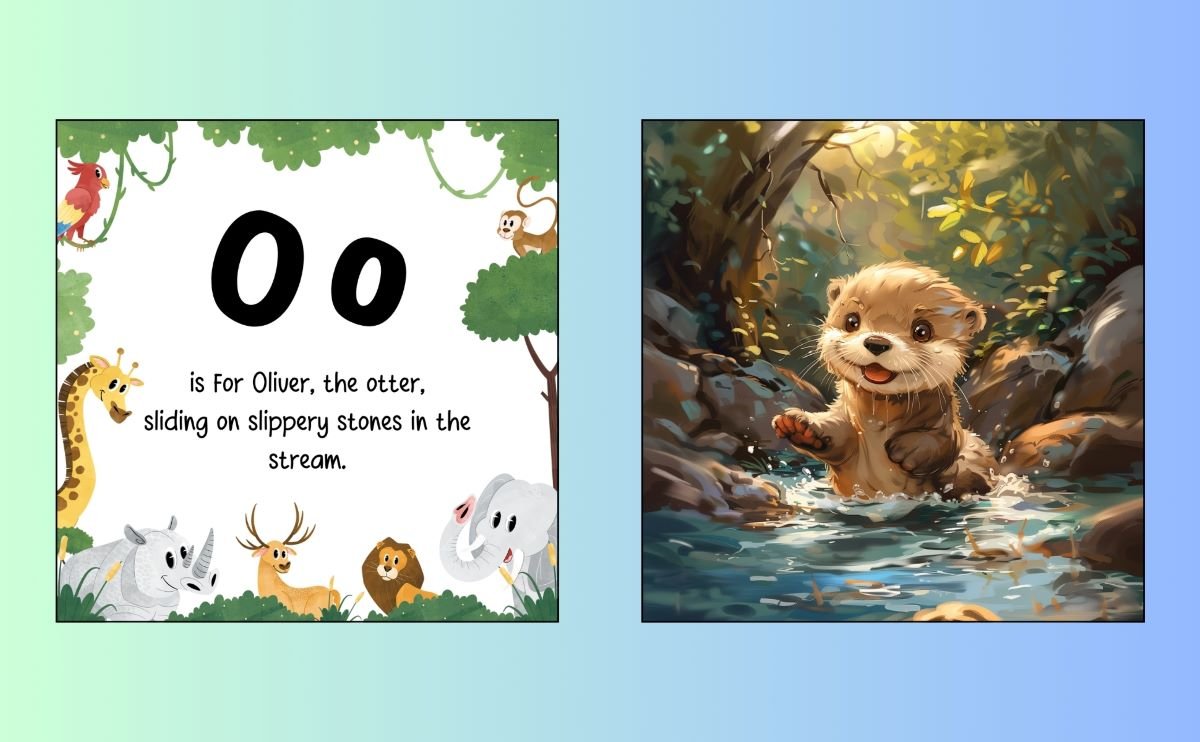Table of Contents
ToggleDiscover 51 lesser-known facts about animals, from elephants’ mourning rituals to the immortal jellyfish’s rejuvenation. Dive into the amazing world of animal behaviors!
1. Elephants and Their Mourning Rituals
Elephants display remarkable mourning behaviors when a member of their herd dies. They have been observed standing vigil over the body, gently touching the remains with their trunks, and even covering the deceased with branches and leaves.
2. Octopuses and Tool Use
Octopuses are highly intelligent and capable of using tools. For instance, the veined octopus has been seen collecting coconut shells and using them as portable shelters to protect itself from predators.

3. Cows Have Best Friends
Research has shown that cows often form strong social bonds and have a best friend. When separated from their preferred companion, cows can exhibit signs of stress and anxiety.
4. Pigeons and Their Navigation Skills
Pigeons possess an extraordinary ability to navigate using the Earth’s magnetic fields. This innate skill allows them to find their way home from long distances, even when released in unfamiliar locations.
5. Dolphins and Self-Awareness
Dolphins are one of the few animal species that demonstrate self-awareness. They can recognize themselves in mirrors, a trait shared with humans, great apes, and elephants.
6. Axolotls and Regeneration
Axolotls, a type of salamander, have the unique ability to regenerate lost limbs, spinal cords, hearts, and even parts of their brains, making them a focus of scientific research.
7. Ants and Their Communication
Ants use a sophisticated system of chemical signals called pheromones to communicate with each other, coordinating complex activities like foraging, defense, and nest building.
8. Ravens and Problem-Solving
Ravens are incredibly intelligent and capable of solving complex problems. They have been known to use tools, plan for future events, and even deceive other animals to secure food.

9. Sea Otters and Their Tools
Sea otters use rocks as tools to crack open shellfish. They often carry their favorite rock in a special pouch under their arm, highlighting their dexterity and problem-solving abilities.
10. Flamingos and Their Color
The pink coloration of flamingos comes from the carotenoid pigments in their diet, primarily obtained from consuming algae and crustaceans. Without this diet, their feathers would be white or gray.
11. Penguins and Their Unique Adaptations
Penguins have adapted to their cold environments with specialized feathers that provide insulation and waterproofing. Their flippers are perfectly designed for efficient swimming rather than flying.
12. Sloths and Their Slow Metabolism
Sloths have an extremely slow metabolism, which is why they move so sluggishly. This low metabolic rate helps them conserve energy, allowing them to survive on a diet of low-nutrient leaves.
13. Bees and Their Complex Dance Language
Bees communicate the location of food sources to their hive mates through a sophisticated dance known as the “waggle dance.” This dance conveys direction, distance, and quality of the food source.

14. Cats and Their Unique Vocalization
Domestic cats have developed a special vocalization, known as the solicitation purr, which is specifically designed to solicit attention and care from humans. This purr combines a high-frequency sound similar to a human baby’s cry.
15. Star-Nosed Moles and Their Sensory Appendages
The star-nosed mole has 22 fleshy appendages on its snout, which are incredibly sensitive and allow it to detect and catch prey with remarkable speed and efficiency, even in complete darkness.
16. Parrots and Their Mimicry
Parrots are famous for their ability to mimic human speech and other sounds. This talent is due to their complex vocal anatomy and high intelligence, which also enables them to understand and use these sounds in context.
17. Platypuses and Their Electroreception
The platypus has a unique ability to sense electrical signals through its bill, a trait known as electroreception. This helps them locate prey in murky waters where visibility is low.
18. Chameleons and Their Color Change
Chameleons are well known for their ability to change color, a trait often attributed to camouflage. However, this color change also plays a crucial role in communication and temperature regulation.
19. Dogs and Their Sense of Smell
Dogs possess an extraordinary sense of smell, which is estimated to be 10,000 to 100,000 times more sensitive than that of humans. This allows them to detect a wide range of scents, from explosives to medical conditions.
20. Tardigrades and Their Resilience
Tardigrades, also known as water bears, are microscopic organisms renowned for their extreme resilience. They can survive in harsh environments, including the vacuum of space, intense radiation, and extreme temperatures.
21. Frogs and Their Anti-Freeze Blood
Certain frog species, such as the wood frog, can survive being frozen solid. They produce special proteins and glucose that act as antifreeze, preventing ice crystals from forming in their cells.
22. Crows and Their Memory
Crows have exceptional memories and can recognize individual human faces. They are known to hold grudges and can remember negative experiences with specific humans for years.
23. Echidnas and Their Egg-Laying
Echidnas are one of the few mammals that lay eggs. After laying, the female echidna carries the eggs in a specialized pouch until they hatch, providing protection and warmth.
24. Giraffes and Their Blood Pressure
Giraffes have a unique cardiovascular system that allows them to maintain high blood pressure required to pump blood up their long necks to their brains. They possess specialized valves and a powerful heart to manage this feat.
25. Glowworms and Their Bioluminescence
Glowworms emit a natural bioluminescent light to attract prey into their sticky silk traps. This light is produced through a chemical reaction involving luciferase, an enzyme that facilitates the emission of light.
26. Honey Badgers and Their Fearlessness
Honey badgers are known for their fearless and aggressive nature. They have loose, thick skin that allows them to twist and turn to bite back at predators, making them extremely difficult to subdue.

27. Jellyfish and Their Immortality
The Turritopsis dohrnii, also known as the immortal jellyfish, can revert its cells to an earlier state after reaching maturity, effectively starting its life cycle over and potentially living indefinitely under ideal conditions.
28. Koalas and Their Specialized Diet
Koalas have a highly specialized diet consisting almost exclusively of eucalyptus leaves. These leaves are toxic to most animals, but koalas have a unique digestive system that detoxifies the harmful compounds.
29. Mantis Shrimp and Their Powerful Punch
Mantis shrimp possess one of the most powerful punches in the animal kingdom. Their club-like appendages can strike with the force of a bullet, capable of breaking glass and stunning prey with a single blow.
30. Narwhals and Their Tusk
The narwhal’s tusk is an elongated tooth that can grow up to 10 feet long. This tusk is highly sensitive and used for detecting changes in the environment, such as water temperature and salinity.
31. Owls and Their Silent Flight
Owls have specialized feathers that allow them to fly silently. The edges of their feathers are serrated, reducing turbulence and enabling them to hunt prey without being detected by sound.
32. Pangolins and Their Scales
Pangolins are the only mammals completely covered in scales made of keratin. These scales protect from predators; when threatened, pangolins roll into a tight ball, making them difficult to attack.
33. Quokkas and Their Smile
Quokkas are often referred to as the “world’s happiest animals” due to their natural facial structure that appears to be smiling. They are known for their friendly and curious nature, often approaching humans without fear.
34. Red Pandas and Their False Thumb
Red pandas have a unique adaptation called a “false thumb,” which is an extended wrist bone. This allows them to grasp and manipulate bamboo with great dexterity.
35. Sea Cucumbers and Their Defense Mechanism
Sea cucumbers have a remarkable defense mechanism where they expel their internal organs to entangle and deter predators. These organs can regenerate over time, allowing the sea cucumber to survive the encounter.
36. Tarsiers and Their Enormous Eyes
Tarsiers have the largest eyes relative to the body size of any mammal. These enormous eyes provide exceptional night vision, essential for their nocturnal hunting habits.

37. Umbrella Birds and Their Unique Feathers
Umbrella birds are named for their distinctive umbrella-like crest of feathers, which can be raised or lowered. This crest plays a role in courtship displays and communication.
38. Vultures and Their Acidic Stomach
Vultures have highly acidic stomachs that allow them to digest carrion and even bones. This adaptation helps them eliminate harmful pathogens from their diet, playing a crucial role in the ecosystem by preventing the spread of disease.
39. Wombats and Their Cube-Shaped Feces
Wombats produce cube-shaped feces, which they use to mark their territory. The shape prevents the feces from rolling away, ensuring that their territorial markers remain in place. This unique trait is due to the shape and elasticity of their intestines.
40. Xenarthrans and Their Unique Joints
Xenarthrans, a group that includes armadillos, sloths, and anteaters, have extra articulations in their lumbar vertebrae, which provide additional support and flexibility. This adaptation is particularly beneficial for digging and burrowing.
41. Yaks and Their Cold Adaptation
Yaks are perfectly adapted to survive in extremely cold environments. Their long, shaggy fur provides excellent insulation, and they have a high red blood cell count, which enhances their ability to carry oxygen at high altitudes.
42. Zebras and Their Stripes
The unique stripe patterns on zebras are believed to serve multiple purposes, including camouflage, social signaling, and deterring biting insects. Each zebra’s stripes are as unique as a human fingerprint.
43. Aye-Ayes and Their Elongated Middle Finger
Aye-ayes, a type of lemur, has an elongated middle finger that they use to extract insects from tree bark. This adaptation allows them to tap on wood to locate cavities and then fish out their prey.
44. Binturongs and Their Popcorn Scent
Binturongs, or bearcats, have a distinct scent that resembles buttered popcorn. This scent comes from a chemical compound in their urine, which they use to mark their territory.
45. Capuchin Monkeys and Their Tool Use
Capuchin monkeys are known for their advanced tool use. They have been observed using stones to crack open nuts and sticks to extract insects from crevices, showcasing their intelligence and dexterity.
46. Dugongs and Their Diet
Dugongs, often referred to as sea cows, are marine mammals that primarily feed on seagrasses. Their grazing helps maintain healthy seagrass beds, which are crucial for marine ecosystems.
47. Electric Eels and Their Shocking Ability
Electric eels can generate powerful electric shocks of up to 600 volts, which they use for hunting and self-defense. Their bodies contain specialized cells called electrolytes that produce electricity.
48. Fennec Foxes and Their Large Ears
Fennec foxes have oversized ears that serve multiple functions. They help dissipate heat to keep the foxes cool in their desert habitat and also provide excellent hearing for detecting prey underground.
49. Goblin Sharks and Their Protrusible Jaws
Goblin sharks have protrusible jaws that can extend forward to snatch prey. This unique adaptation allows them to capture fast-moving fish and squid in the deep ocean where they reside.
50. Harpy Eagles and Their Powerful Talons
Harpy eagles possess the most powerful talons of any bird of prey, capable of exerting tremendous pressure to capture large animals such as monkeys and sloths. Their talons can pierce through the thickest branches of trees.
51. Immortal Jellyfish and Their Rejuvenation
The Turritopsis dohrnii jellyfish can revert its cells to an earlier state of development, effectively rejuvenating itself and potentially living indefinitely. This unique biological process allows it to avoid death and start its life cycle anew.


